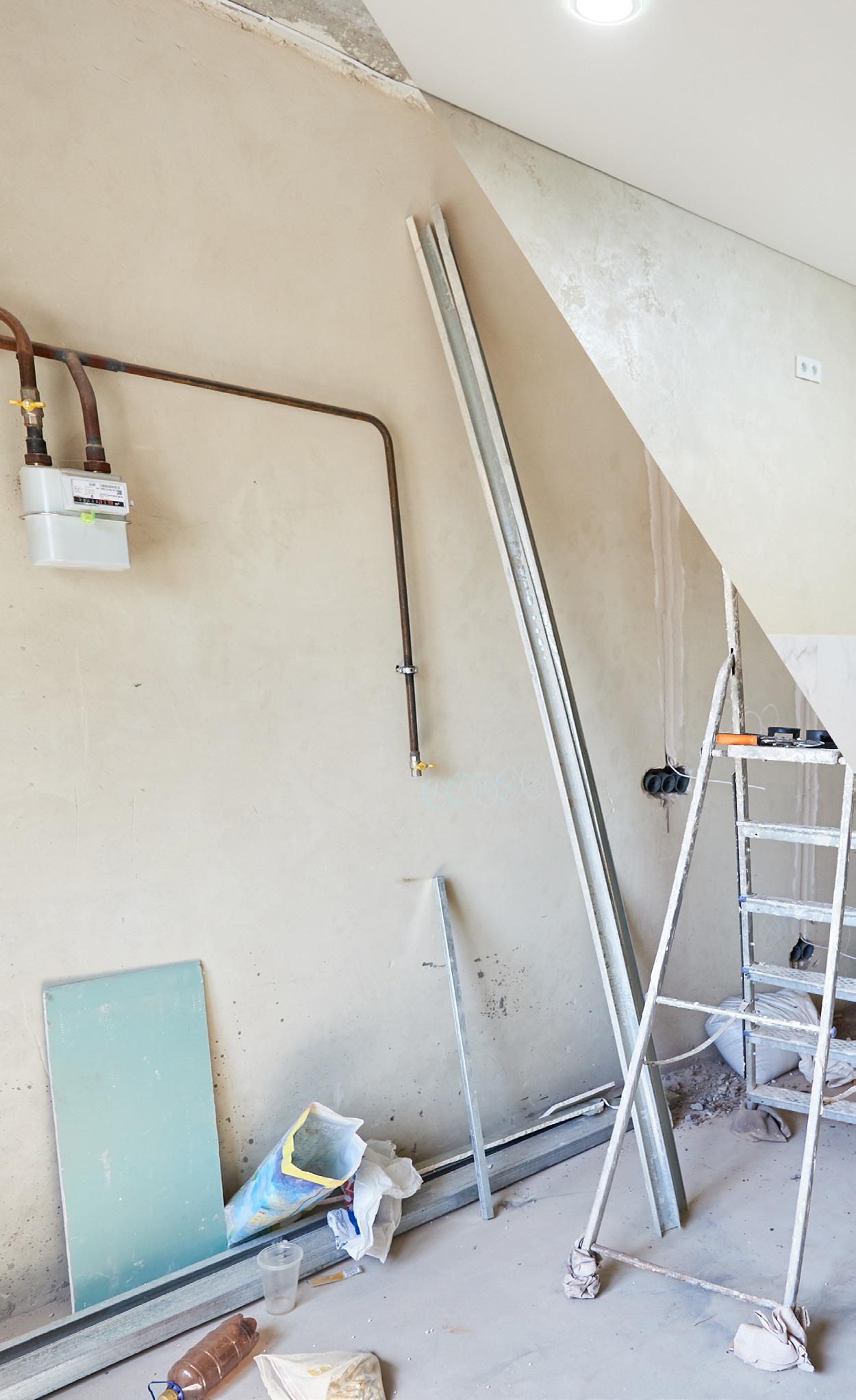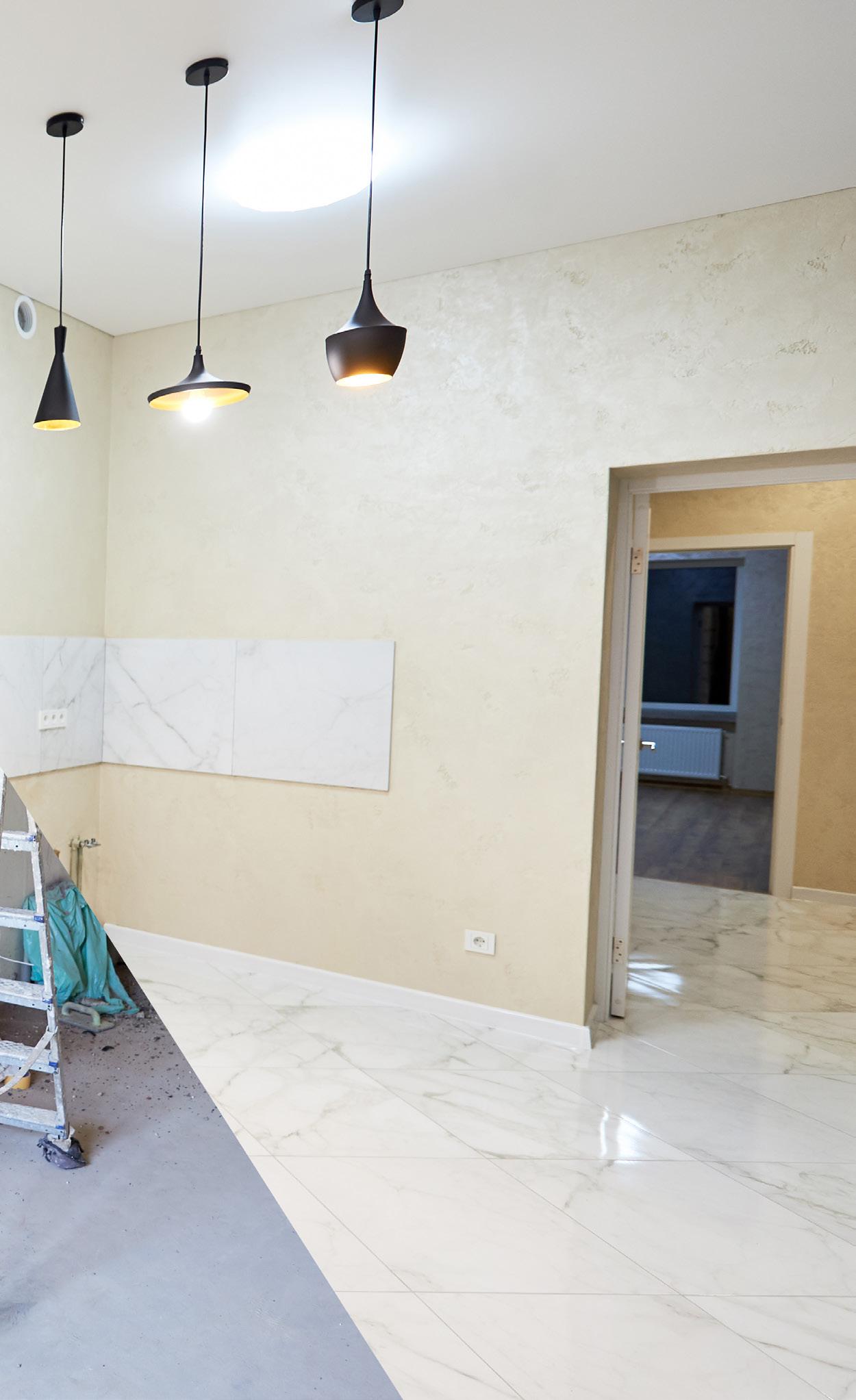
3 minute read
Achieving Net Zero: Lessons Learned from Retrofitting and the Role Consortia Play in Meeting the ORP
by Jackie Leonard Head of Member Services (Wales) CHIC
In our race against climate change, achieving net zero emissions has become imperative. One area where we can make a significant difference is in retrofitting existing homes to improve energy efficiency and reduce carbon footprints.
Advertisement
The UK Government has a target to bring all rented homes up to EPC C by 2030 whilst the Welsh Government has consulted on the Welsh Housing Quality Standards 2023, where it is proposing that social housing in Wales is brought up to an EPC A (or SAP 92/ EIR 92) by 2033.
In the UK, residential buildings alone account for a staggering 25% of the country's carbon emissions. Aside from the high associated costs there are challenges in collecting and analysing the data to determine the right solution for each property, finding the right resources to complete the work and the need to comply with regulations to name but a few.
The challenge of retrofitting existing homes
The cost of retrofitting is estimated by the government at £9,000 per property, however, the housing sector believes the actual cost falls within a higher range of £19,000 to £25,000. The sheer scale of the task means that retrofitting UK social homes could cost anywhere between £100 - £250 billion.
Social Housing Landlords are operating in a turbulent and challenging environment with rising interest rates, impacting both the Landlord directly but also their residents alongside the cost of living crisis.
There is currently a national shortage of the skilled and qualified people to carry out works. Entrants, including SMEs face barriers due to funding limitations and untested models.
Compliance with the Public Contracts
Regulations is both time consuming and costly and achieving value for money while ensuring quality and performance during the procurement process adds complexity. However, this is also a huge long-term opportunity to build up a highly skilled retrofit sector starting from raising awareness in the classroom right through to retraining and reskilling older workers and those re-entering the labour market.
One significant challenge is the need for accurate data management, including the importance of having correct EPC, SAP ratings, as well as accurate, detailed asset information.
From a supply chain perspective we need to see the future pipeline so they have the confidence to make the long term investment in developing their infrastructure and skilled resources.
Future considerations for successful retrofitting
It is essential to undertake PAS2035 surveys early and without waiting for funding, as this will provide valuable insights and accurate data with which to formulate long term strategic Asset Management plans. Additionally, aligning the asset management strategy, internal operating practices and business models is crucial to ensure a cohesive and effective approach.
Considering the route to market and commencing the procurement process early will help streamline the retrofitting efforts. Consideration of commissioning protocols, working practices and forms of contract is necessary to ensure efficient execution and accountability.
Engaging tenants from the outset is vital to gain their support and involvement throughout the retrofitting journey. This can be achieved by actively involving them in decision making processes and keeping them informed about the project's progress.

While it may be tempting to rush into the construction phase, taking sufficient time in the planning stage is crucial. Thorough planning reduces the likelihood of errors and allows for a more efficient use of resources. By fostering collaboration, knowledge sharing and effective communication, the retrofitting process can be optimised and contribute to a sustainable future.
The role of consortia in achieving success
In the pursuit of successful retrofitting programs, consortia and the utilisation of routes to market such as frameworks or Dynamic Purchasing Systems (DPS) play a vital role.
Early engagement is critical as highlighted in the Constructing the Gold Standard Recommendations to ensure the developed solutions are fit for purpose and flexible to adhere to an ever changing market.
CHIC recently brought together social landlords and supply chain partners to consider how they can advise effective delivery of the ORP, by ensuring that the sector has the right tools and solutions in place.
Some of the key insights concluded that we need to get better at data sharing to inform best practice, sophistication of understanding overall asset performance needs to develop and we need to work closely with residents to inform and educate the benefits of retrofit.
CHIC has 23 members in Wales and works closely with Welsh Government to deliver a suite of Dynamic Purchasing Systems to deliver the ORP and Building Safety Works in Wales, all available for its members. Any RSL of local authority can join CHIC – there is no charge to join.
For more information about CHIC, please visit their website at www.chicltd.co.uk









